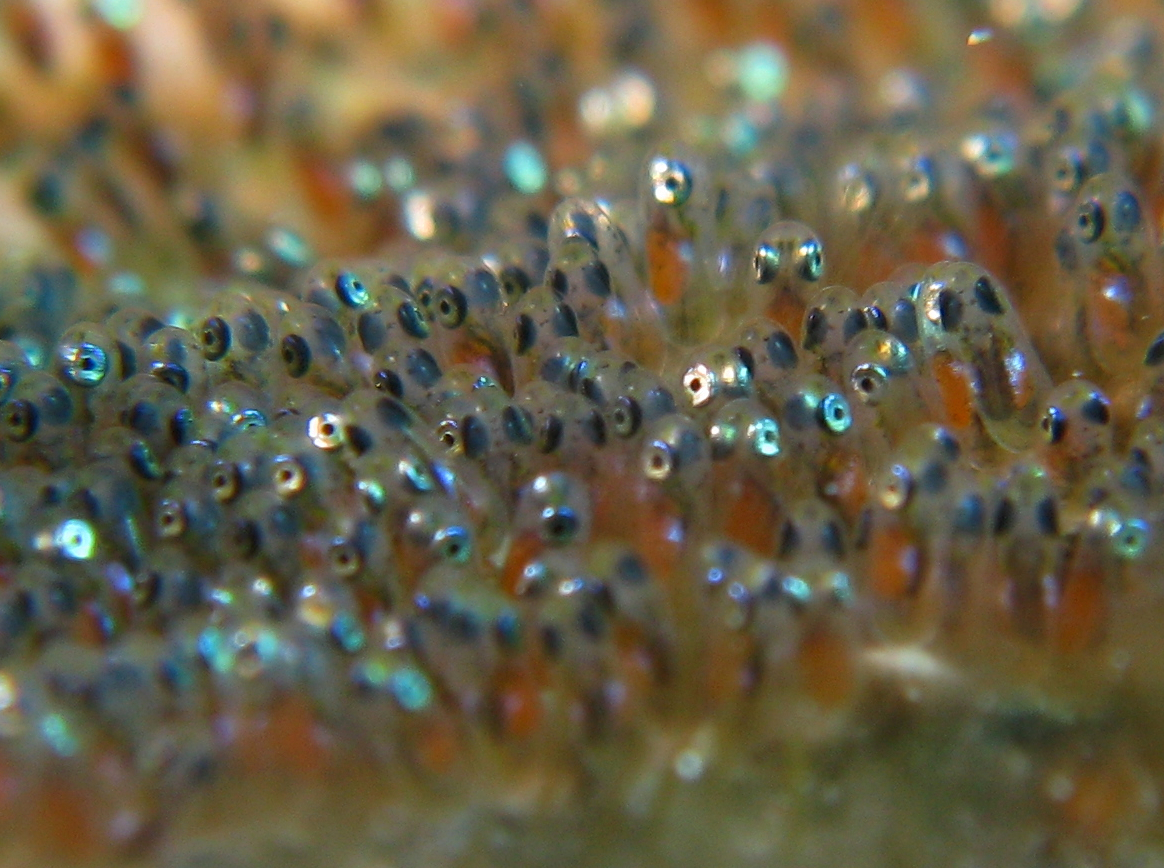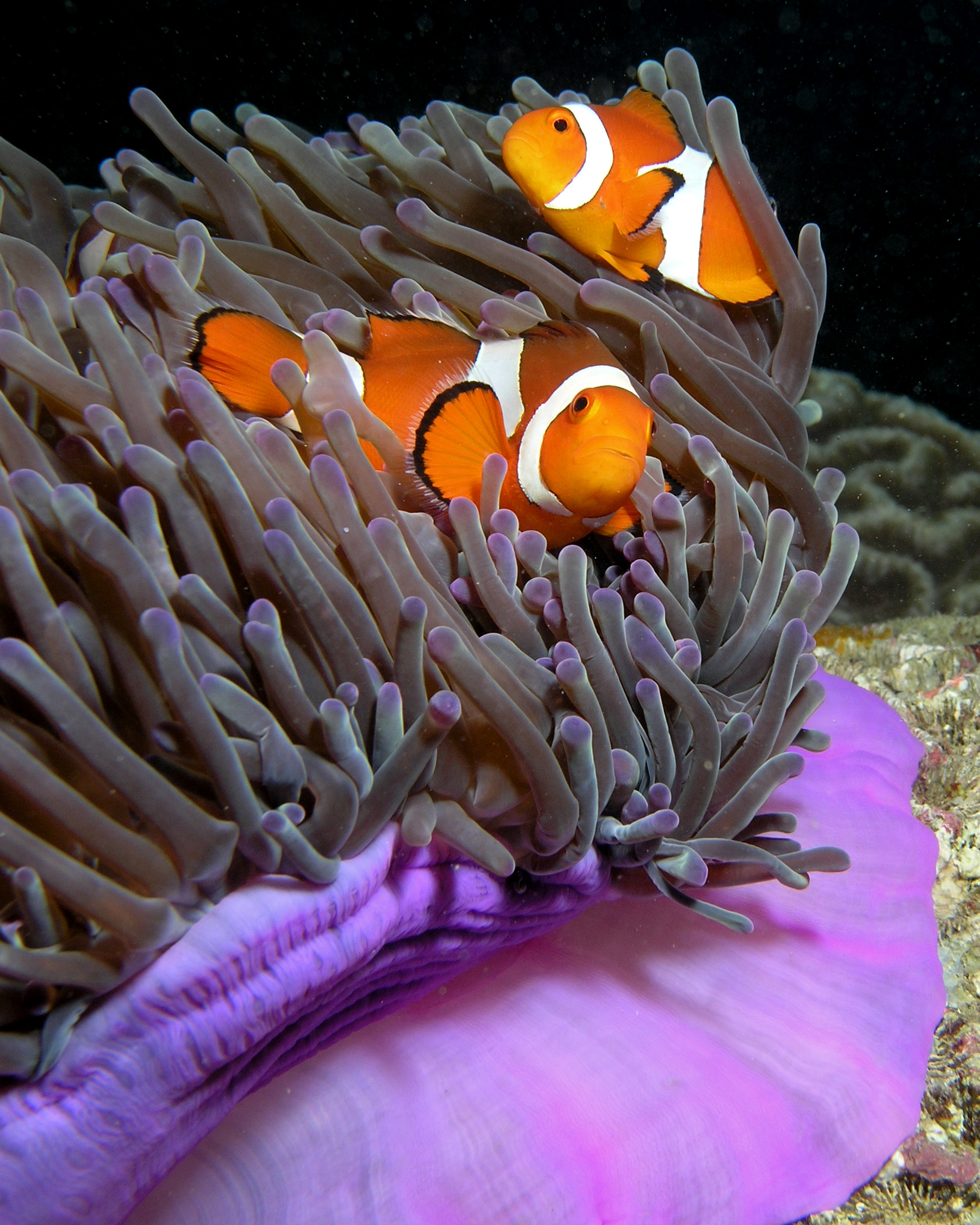|
Cephalopholis Panamensis
''Cephalopholis panamensis'', the Pacific graysby or Panama graysby, is a species of marine ray-finned fish, a grouper from the subfamily Epinephelinae which is in the family Serranidae which also includes the anthias and sea basses. It is found in the Eastern Pacific Ocean. Description ''Cephalopholis panamensis'' has a robust body which is oblong-shaped with a long snout and a convex profile in the intraorbital region. Most of its teeth are movable. It has a rounded, finely serrated preopercle and there are 48-49 scales in the lateral line. The dorsal fin contains 9 spines, with the third spine being the longest, and 14-15 soft rays while the anal fin has 3 spines and 8 soft rays. The membrane of the dorsal fin is notched between the front spines. The adults have a pale grey-brown body with around 9 dark vertical bars along the flanks. The head is dark with diagonal pale bands, a patterning of blue and orange spots and a large dark blotch just to the rear of the eye. The ... [...More Info...] [...Related Items...] OR: [Wikipedia] [Google] [Baidu] |
Franz Steindachner
Franz Steindachner (11 November 1834 in Vienna – 10 December 1919 in Vienna) was an Austrian zoologist, ichthyologist, and herpetologist. He published over 200 papers on fishes and over 50 papers on reptiles and amphibians. Steindachner described hundreds of new species of fish and dozens of new amphibians and reptiles. At least seven species of reptile have been named after him. Work and career Being interested in natural history, Steindachner took up the study of fossil fishes on the recommendation of his friend Eduard Suess (1831–1914). In 1860 he was appointed to the position of director of the fish collection at the Naturhistorisches Museum, a position which had remained vacant since the death of Johann Jakob Heckel (1790–1857). (in German). Steindachner's reputation as an ichthyologist grew, and in 1868 he was invited by Louis Agassiz (1807–1873) to accept a position at the Museum of Comparative Zoology at Harvard University. Steindachner took part in the Has ... [...More Info...] [...Related Items...] OR: [Wikipedia] [Google] [Baidu] |
Islas Marías
The Islas Marías ("Mary Islands") are an archipelago of four islands that belong to Mexico. They are located in the Pacific Ocean, some off the coast of the state of Nayarit and about southeast of the tip of Baja California. They are part of the municipality (''municipio'') of San Blas, Nayarit. The islands were used as a penal colony until February 18, 2019 when President Andrés Manuel López Obrador ordered the closure of its operation as Islas Marías Federal Prison. The first European to discover the islands was Diego Hurtado de Mendoza, a cousin of Hernán Cortés in 1532, who gave them the name Islas Magdalenas. He found no evidence of prior habitation by the Native Americans. In 2010 the archipelago was designated the Islas Marías Biosphere Reserve by UNESCO. Geography The islands have an aggregate area of and a population of 1,116 on Isla María Madre as of the census of 2005 along with around 8,000 prisoners. The other islands are uninhabited. The main settleme ... [...More Info...] [...Related Items...] OR: [Wikipedia] [Google] [Baidu] |
Ichthyologist
Ichthyology is the branch of zoology devoted to the study of fish, including bony fish (Osteichthyes), cartilaginous fish (Chondrichthyes), and jawless fish (Agnatha). According to FishBase, 33,400 species of fish had been described as of October 2016, with approximately 250 new species described each year. Etymology The word is derived from the Greek words wikt:ἰχθύς, ἰχθύς, ''ikhthus'', meaning "fish"; and wikt:-λογία, λογία, ''logia'', meaning "to study". History The study of fish dates from the Upper Paleolithic, Upper Paleolithic Revolution (with the advent of "high culture"). The science of ichthyology was developed in several interconnecting epochs, each with various significant advancements. The study of fish receives its origins from humans' desire to feed, clothe, and equip themselves with useful implements. According to Michael Barton (professor), Michael Barton, a prominent ichthyologist and professor at Centre College, "the earliest ichthyolo ... [...More Info...] [...Related Items...] OR: [Wikipedia] [Google] [Baidu] |
Austria
Austria, , bar, Östareich officially the Republic of Austria, is a country in the southern part of Central Europe, lying in the Eastern Alps. It is a federation of nine states, one of which is the capital, Vienna, the most populous city and state. A landlocked country, Austria is bordered by Germany to the northwest, the Czech Republic to the north, Slovakia to the northeast, Hungary to the east, Slovenia and Italy to the south, and Switzerland and Liechtenstein to the west. The country occupies an area of and has a population of 9 million. Austria emerged from the remnants of the Eastern and Hungarian March at the end of the first millennium. Originally a margraviate of Bavaria, it developed into a duchy of the Holy Roman Empire in 1156 and was later made an archduchy in 1453. In the 16th century, Vienna began serving as the empire's administrative capital and Austria thus became the heartland of the Habsburg monarchy. After the dissolution of th ... [...More Info...] [...Related Items...] OR: [Wikipedia] [Google] [Baidu] |
Species Description
A species description is a formal description of a newly discovered species, usually in the form of a scientific paper. Its purpose is to give a clear description of a new species of organism and explain how it differs from species that have been described previously or are related. In order for species to be validly described, they need to follow guidelines established over time. Zoological naming requires adherence to the ICZN code, plants, the ICN, viruses ICTV, and so on. The species description often contains photographs or other illustrations of type material along with a note on where they are deposited. The publication in which the species is described gives the new species a formal scientific name. Some 1.9 million species have been identified and described, out of some 8.7 million that may actually exist. Millions more have become extinct throughout the existence of life on Earth. Naming process A name of a new species becomes valid (available in zo ... [...More Info...] [...Related Items...] OR: [Wikipedia] [Google] [Baidu] |
Spawn (biology)
Spawn is the eggs and sperm released or deposited into water by aquatic animals. As a verb, ''to spawn'' refers to the process of releasing the eggs and sperm, and the act of both sexes is called spawning. Most aquatic animals, except for aquatic mammals and reptiles, reproduce through the process of spawning. Spawn consists of the reproductive cells (gametes) of many aquatic animals, some of which will become fertilized and produce offspring. The process of spawning typically involves females releasing ova (unfertilized eggs) into the water, often in large quantities, while males simultaneously or sequentially release spermatozoa ( milt) to fertilize the eggs. Most fish reproduce by spawning, as do most other aquatic animals, including crustaceans such as crabs and shrimps, molluscs such as oysters and squid, echinoderms such as sea urchins and sea cucumbers, amphibians such as frogs and newts, aquatic insects such as mayflies and mosquitoes and corals, which are actuall ... [...More Info...] [...Related Items...] OR: [Wikipedia] [Google] [Baidu] |
Harem (zoology)
A harem is an animal group consisting of one or two males, a number of females, and their offspring. The dominant male drives off other males and maintains the unity of the group. If present, the second male is subservient to the dominant male. As juvenile males grow, they leave the group and roam as solitary individuals or join bachelor herds. Females in the group may be inter-related. The dominant male mates with the females as they become sexually active and drives off competitors, until he is displaced by another male. In some species, incoming males that achieve dominant status may commit infanticide. For the male, the primary benefit of the harem system is obtaining exclusive access to a group of mature females. The females benefit from being in a stable social group and the associated benefits of grooming, predator avoidance and cooperative defense of territory. The disadvantages for the male are the energetic costs of gaining or defending a harem which may leave him with ... [...More Info...] [...Related Items...] OR: [Wikipedia] [Google] [Baidu] |
Protogynous Hermaphrodite
Sequential hermaphroditism (called dichogamy in botany) is a type of hermaphroditism that occurs in many fish, gastropods, and plants. Sequential hermaphroditism occurs when the individual changes its sex at some point in its life. In particular, a sequential hermaphrodite produces eggs (female gametes) and sperm (male gametes) at different stages in life. Species that can undergo these changes from one sex to another do so as a normal event within their reproductive cycle that is usually cued by either social structure or the achievement of a certain age or size. In animals, the different types of change are male to female (protandry or protandrous hermaphroditism), female to male (protogyny or protogynous hermaphroditism), bidirectional (serial or bidirectional hermaphroditism). Both protogynous and protandrous hermaphroditism allow the organism to switch between functional male and functional female. Bidirectional hermaphrodites have the capacity for sex change in either direc ... [...More Info...] [...Related Items...] OR: [Wikipedia] [Google] [Baidu] |
Crustacean
Crustaceans (Crustacea, ) form a large, diverse arthropod taxon which includes such animals as decapods, seed shrimp, branchiopods, fish lice, krill, remipedes, isopods, barnacles, copepods, amphipods and mantis shrimp. The crustacean group can be treated as a subphylum under the clade Mandibulata. It is now well accepted that the hexapods emerged deep in the Crustacean group, with the completed group referred to as Pancrustacea. Some crustaceans ( Remipedia, Cephalocarida, Branchiopoda) are more closely related to insects and the other hexapods than they are to certain other crustaceans. The 67,000 described species range in size from '' Stygotantulus stocki'' at , to the Japanese spider crab with a leg span of up to and a mass of . Like other arthropods, crustaceans have an exoskeleton, which they moult to grow. They are distinguished from other groups of arthropods, such as insects, myriapods and chelicerates, by the possession of biramous (two-parted) l ... [...More Info...] [...Related Items...] OR: [Wikipedia] [Google] [Baidu] |
Cephalopholis
''Cephalopholis'' is a genus of marine ray-finned fish, groupers from the subfamily Epinephelinae in the family Serranidae, which also includes the anthias and sea basses. Many of the species have the word "hind" as part of their common name in English. Species ''Cephalolophis'' contains the following 24 species: * '' Cephalopholis aitha'' Randall & Heemstra, 1991 (Rusty hind) * '' Cephalopholis argus'' Schneider, 1801 (Peacock hind) * '' Cephalopholis aurantia'' (Valenciennes, 1828) (Golden hind) * '' Cephalopholis boenak'' (Bloch, 1790) (Chocolate hind) * '' Cephalopholis cruentata'' ( Lacépède, 1802) (Graysby) * '' Cephalopholis cyanostigma'' (Valenciennes, 1828) (Bluespotted hind) * '' Cephalopholis formosa'' (Shaw, 1812) (Bluelined hind) * ''Cephalopholis fulva'' (Linnaeus, 1758) (Coney) * '' Cephalopholis hemistiktos'' ( Rüppell, 1830) (Yellowfin hind) * '' Cephalopholis igarashiensis'' Katayama, 1957 (Garish hind) * '' Cephalopholis leopardus'' (Lacepède, 1801) (Leo ... [...More Info...] [...Related Items...] OR: [Wikipedia] [Google] [Baidu] |
Cocos Island
Cocos Island ( es, Isla del Coco) is an island in the Pacific Ocean administered by Costa Rica, approximately southwest of the Costa Rican mainland. It constitutes the 11th of the 13 districts of Puntarenas Canton of the Province of Puntarenas. With an area of approximately , the island is more or less rectangular in shape. It is the southernmost point of geopolitical North America if non-continental islands are included. The entirety of Cocos Island has been designated a Costa Rican National Park since 1978, and has no permanent inhabitants other than Costa Rican park rangers. Surrounded by deep waters with counter-currents, Cocos Island is admired by scuba divers for its populations of hammerhead sharks, rays, dolphins and other large marine species. The wet climate and oceanic qualities give Cocos an ecological character that is not shared with either the Galápagos Archipelago or any of the other islands (for example, Malpelo, Gorgona or Coiba) in the eastern Pac ... [...More Info...] [...Related Items...] OR: [Wikipedia] [Google] [Baidu] |
Malpelo Island
Malpelo is a small oceanic island in the eastern Pacific Ocean, located about west of the Colombian mainland with a military post manned by the Colombian Armed Forces. It consists of a sheer and barren rock with three high peaks, the highest being ''Cerro de la Mona'' with a height of . The island is about in length from northeast to southwest, and in width. Geography Malpelo is the only island that rises above the surface from the Malpelo Ridge, which is a solitary volcanic submarine ridge that extends in a northeast-southwest direction with a length of and a width of . This island is surrounded by a number of offshore rocks. Off the northeast corner are the ''Tres Mosqueteros''. Off the southwest corner are ''Salomón'', ''Saúl'', ''La Gringa'', and ''Escuba''. All the rocks are surrounded by deep water, and most of the face of the main island is very steep. Soundings between are obtainable within a few kilometres of the shore and the currents are strong and change ... [...More Info...] [...Related Items...] OR: [Wikipedia] [Google] [Baidu] |










